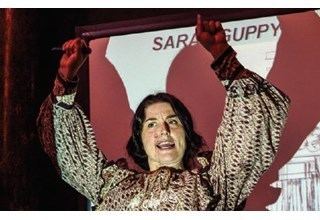Full Name Sarah Beach Role Inventor Name Sarah Guppy | Engineering discipline Inventor Nationality English | |
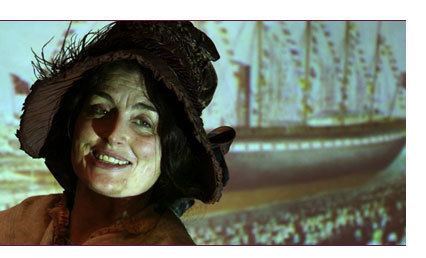 | ||
Spouse(s) Samuel Guppy; Richard Eyre-Coote, m. 1837 Children Six children, including Thomas Richard, Grace and Sarah Significant design A tea or coffee urn that also cooked eggs, the fire hood, a candlestick that made candles burn longer Significant advance Improvements in ship caulking and barnacle prevention Died 1852, Bristol, United Kingdom | ||
Sarah Guppy, née Beach (1770 – 24 August 1852) was an English inventor who contributed to the design of Britain's infrastructure including the Clifton Suspension Bridge in Bristol, and developed several domestic products.
Contents
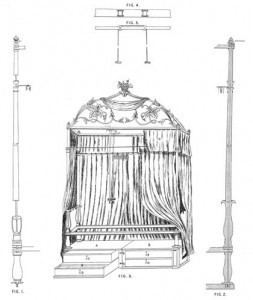
Early history and inventions

Sarah Maria Beach was born in Birmingham, England, and baptised in November 1770. She married Samuel Guppy in 1795. In 1811 she patented the first of her inventions, a method of making safe piling for bridges. Thomas Telford asked her for permission to use her patented design for suspension bridge foundations, and she granted it to him free of charge. As a friend of Isambard Kingdom Brunel and his family she became involved in the Great Western Railway, writing to the directors with ideas and giving her support. In 1841 she wrote a letter recommending planting willows and poplars to stabilise embankments. She continued to offer technical advice despite the fact that, as she wrote, "it is unpleasant to speak of oneself—it may seem boastful particularly in a woman."
Patents and publications
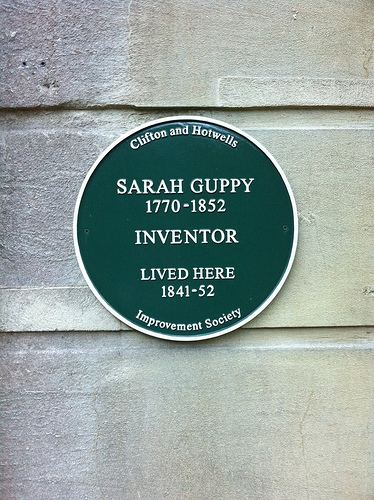
The family took out 10 patents in the first half of the nineteenth century, including a method of keeping ships free of barnacles that led to a government contract worth £40,000. Other inventions included a bed with built-in exercise equipment, a device for a tea or coffee urn which would cook eggs in the steam as well as having a small dish to keep toast warm and a device for "improvements in caulking ships, boats and other vessels." In later life she wrote The Cottagers and Labourers Friend and Dialogues for Children, invented the fire hood or Cook’s Comforter, and patented a new type of candlestick that enabled candles to burn longer.
Marriage and family
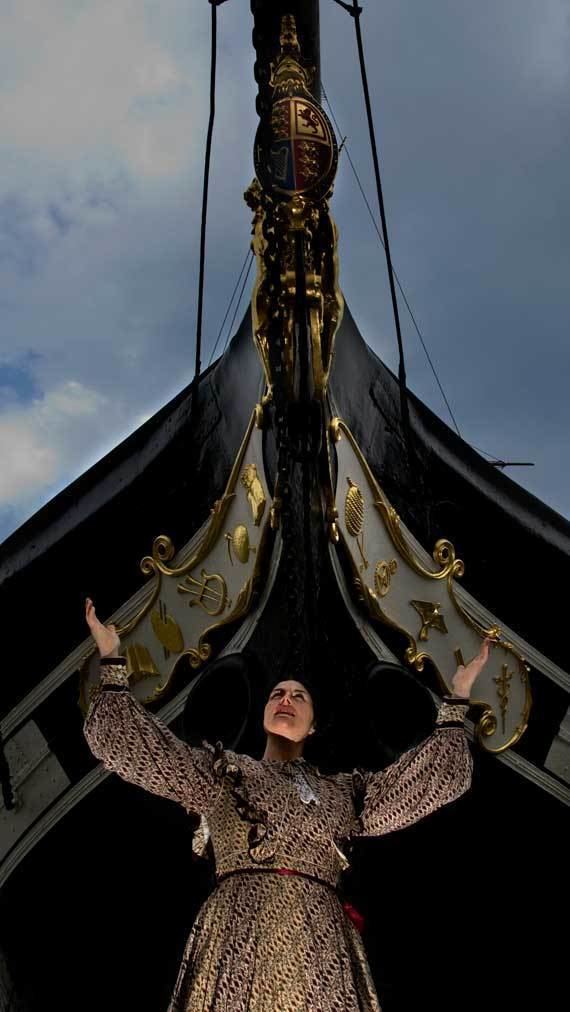
After marrying Bristol merchant Samuel Guppy they lived in Queen Square and Prince Street, a leading light of the Bristol and Clifton social scene. The couple had six children, including Thomas Richard, who with older brother Samuel operated the Friars Sugar Refinery in Bristol (1826-42) before becoming an engineer and associate of Brunel, contributing significantly to the design of SS Great Western and SS Great Britain. Brunel painted a portrait of the younger Sarah Guppy c. 1836.
Later life
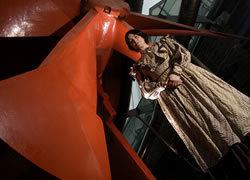
In 1837 the widowed Sarah, now 67, married Richard Eyre Coote, 28 years her junior. For a while they lived at Arnos Court, Brislington, but Richard ran through his rich wife's money at a rapid rate, spending on horses and neglecting her. Sarah moved into 7 Richmond Hill, Clifton, in 1842. She bought the land opposite the house for the benefit of Clifton residents and it still remains green space.
